How To Assess Your Property: Landscape Planning
This spring we were blessed to purchase a home in Tennessee and move onto a sweet little property tucked way back in a neighborhood. As we’ve settled in over the last few months it’s been interesting to assess the different areas of the property. Out front are paved streets, tidy capes and ranches with simple gardens, and quiet roads for my kids to ride bikes. Out back, however, is a totally different world.
Woods and A Creek
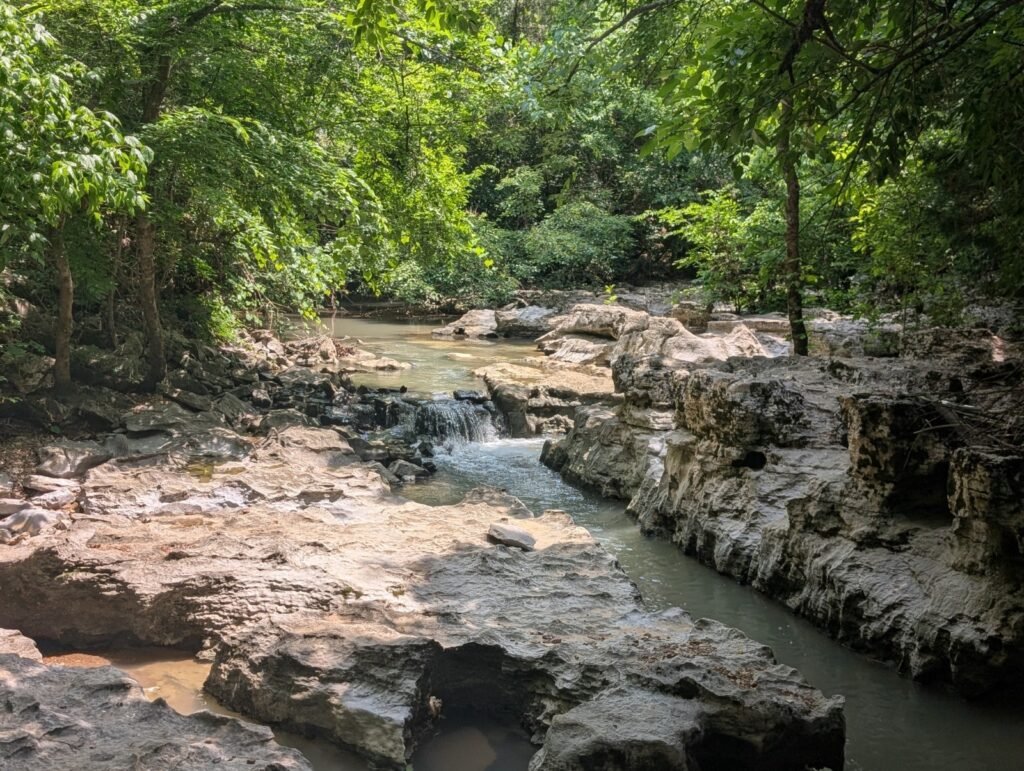
We back up to acres and acres (likely 50+) of farm fields and woods and the very edge of our property is bordered by a creek. Complete with a small waterfall, ample rocks for scrambling across and some deeper pools for swimming, this creek has proven magical in just the short time we’ve been here. In between the creek and our home is our “rustic” back yard. On one side we have woods that lead to the creek. On the other side we have cattle fencing that lends a view of a neighboring fields and friendly cows that often mosey over to say hello. It’s not uncommon for me to be sitting in the shade at the picnic table and less than ten feet away is a massive cow resting in the same shade.
The Good and the Troublesome
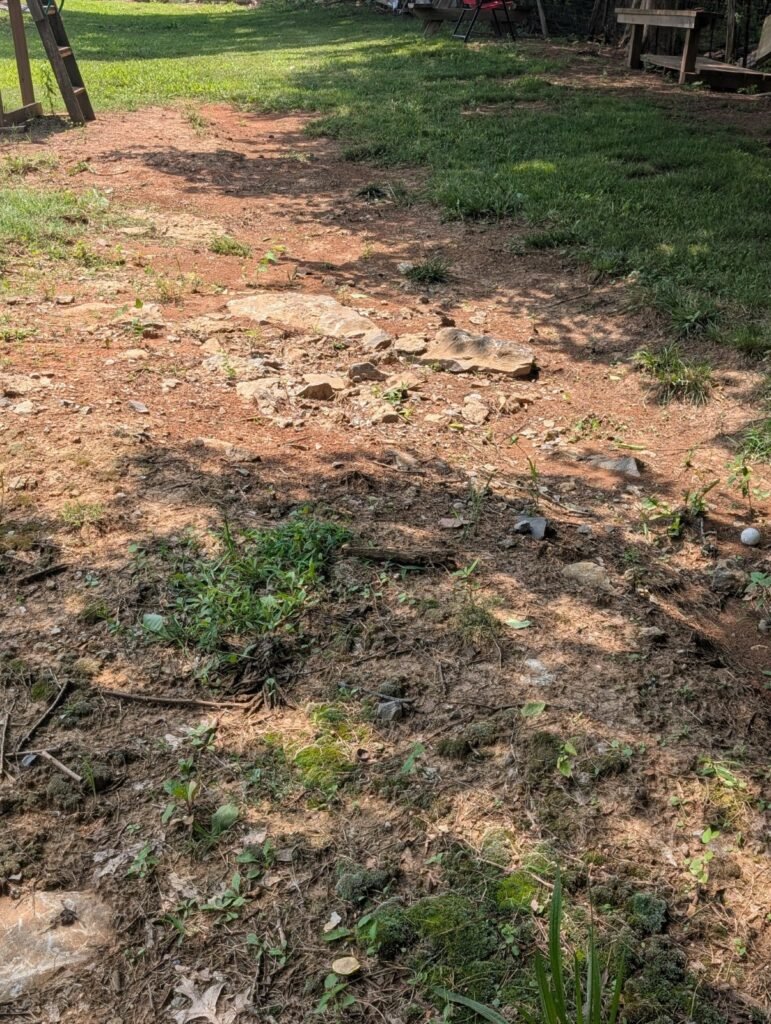
This may sound idyllic, but this “rustic” landscape also comes with pitted out areas of lawn sporting bright, orange clay soil. This soil is exposed from years of run off not properly dealt with. Impenetrable ledge pokes out here and there preventing anything from growing. Poison Ivy and Virginia Creeper ramble over any available surface on the woodland edge. Weeds pop up in unwanted places and the gravel driveway and drainage needs a serious overall. So, while the creek, lush shade trees and neighborly cows are a true delight, there’s plenty here that keeps it all in check. Such is the natural world. It’s both beautiful and bothersome. Delightful and drudgery-inducing. Amid all these different pockets of nature, one thing that I’ve tried to do throughout the first few months here is pay attention and observe.
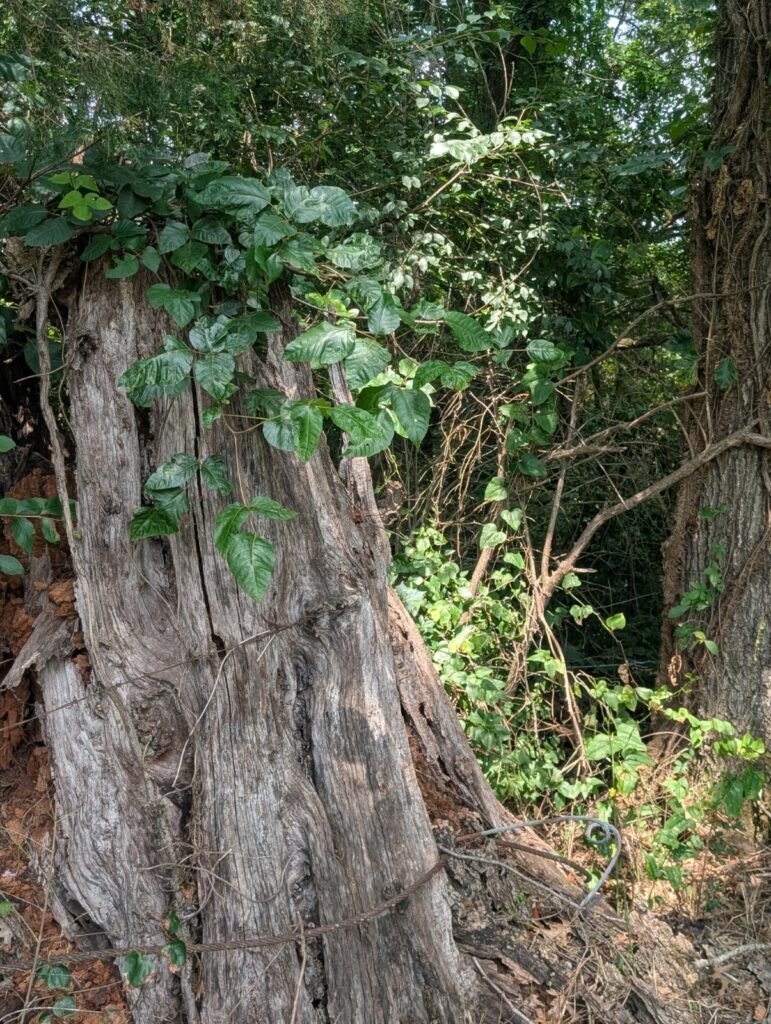
Why Assess Your Property?
Any time you’re taking a fresh look at your existing space, it’s always good to take time and assess your property. In short, observe what’s in front of you before jumping into any action steps. While motivation can be high to make changes right away, it’s often more beneficial to give yourself some time to take note of certain things on your property. It can also save you a lot of time, money and sweat equity in the long run.
Things like sun and shade patterns, soil conditions, wildlife pressure, and problem drainage are good to observe. Also keep an eye out for overgrown or invasive plants, pathways and natural routes people take to get from one point to another, common gathering areas, and the need for screening for aesthetics or privacy. These things are often revealed gradually overtime, usually by being on a property for one complete season at a minimum. Today were going to discuss six things to take note of on your property before jumping into any major changes.
What to Assess on Your Property
- Assess sun and shade
- Look for natural pathways
- Assess problem areas
- Observe where people gather
- Assess blank spaces
- See what grows
Assess Your Property’s Sun and Shade
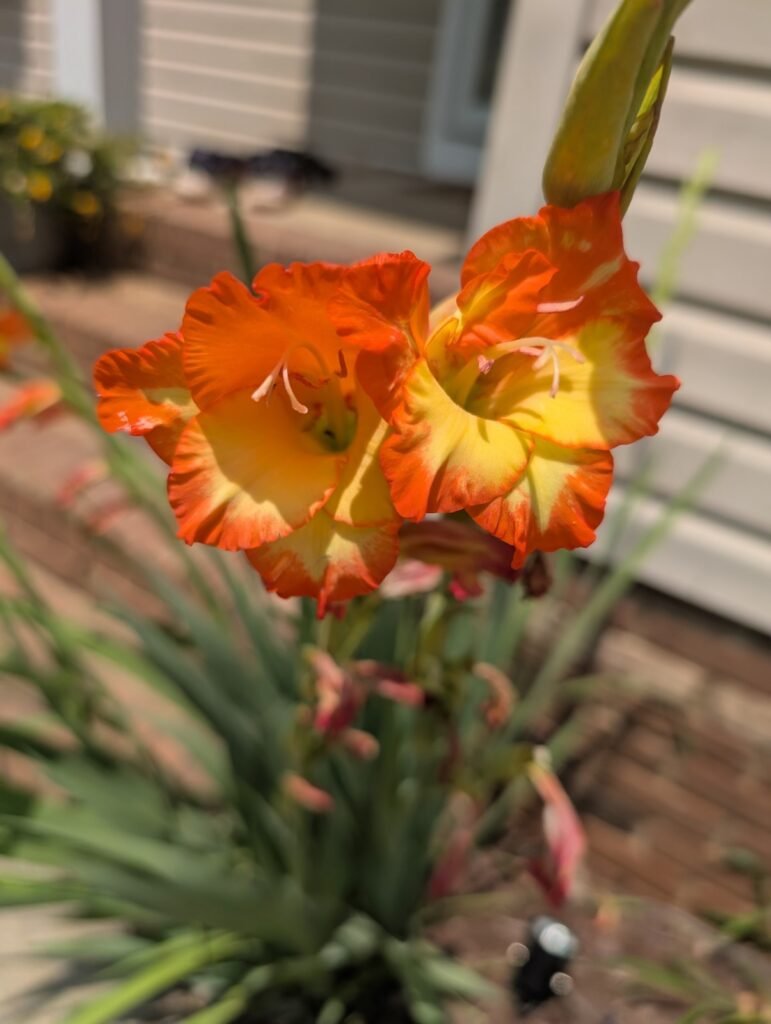
Sun and shade patterns greatly affect how you both use and experience your property. When you begin to assess your property, they are one of the most obvious and important aspects to consider. If you want to grow edibles or flowers, you’ll be on the lookout for areas with mostly full sun (6+ hours of direct sunlight). Having a place to gather and sit outside is a common goal. This may be best done in the shade, especially if it’s later in the day when the sun is the strongest. Are there areas that could work for siting that above ground pool, so it gets ample sun to warm up the water? Where does the morning sun hit? Perhaps that’s the perfect spot to enjoy your morning coffee.
It can even be helpful to pay attention to the sun patterns from inside your house. Are there any windows blocked by overgrown plants that prevent that morning sun from streaming in? Light both inside and outside can have a powerful effect on a space. Too dark and it’s dreary or even damp. Too bright and it’s hot, uncomfortable and even unusable. Taking a day to pay attention to the sun and shade patterns can give you a lot of information about your site.
Look For Natural Pathways
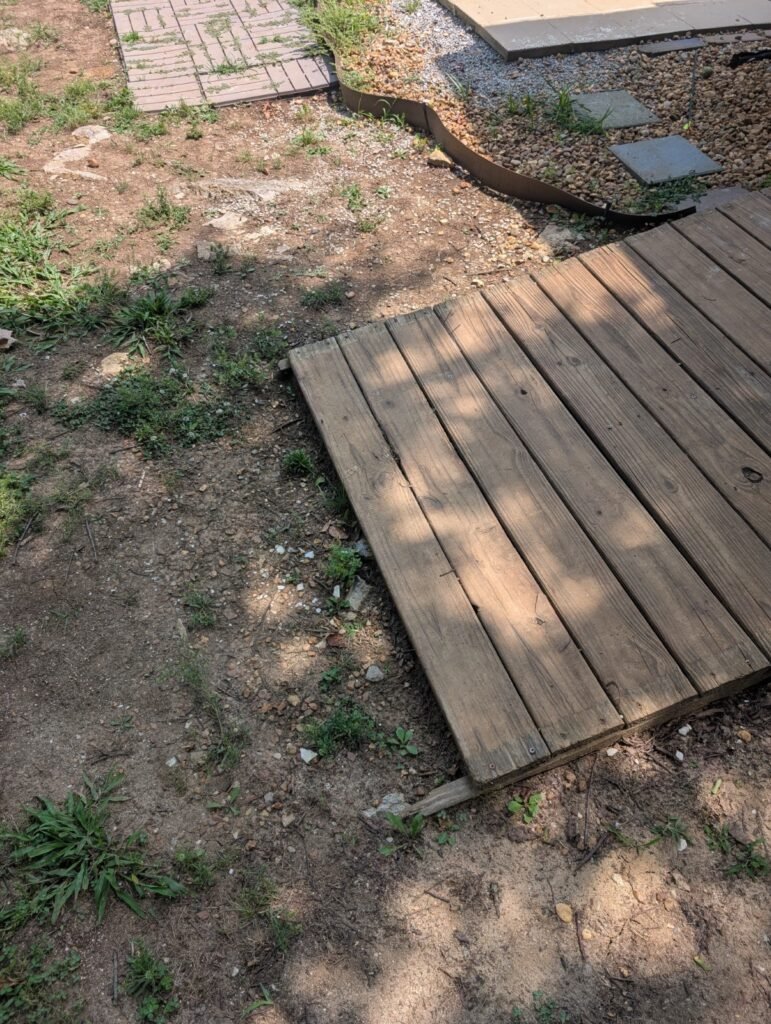
We all have places were trying to get to out in our yards. It could be taking out the trash, walking to the mailbox, getting tools from the shed, cutting through the hedge to your neighbor’s yard, your kids running back and forth countless times from their playhouse to the back door- you get the idea. People want to get where they’re going with the least amount of resistance and time. So even if there’s a more established pathway laid out with gravel, pavers or some kind of edging, if you notice people are constantly veering off it to cut across to their destination that tells you some valuable information. Assess your property for areas where the grass, plants or soil is worn down and trampled from heavy foot traffic.
Despite lawn technically being planted around the ramp to our shed, with the heavy daily traffic from my kids and water splashing from the nearby by hot tub, this area is mostly trampled dirt, weeds and ledge popping through. This is useful information to help me consider where access may be improved and a more durable material may be used for the surface.
Assess Your Property’s Problem Areas
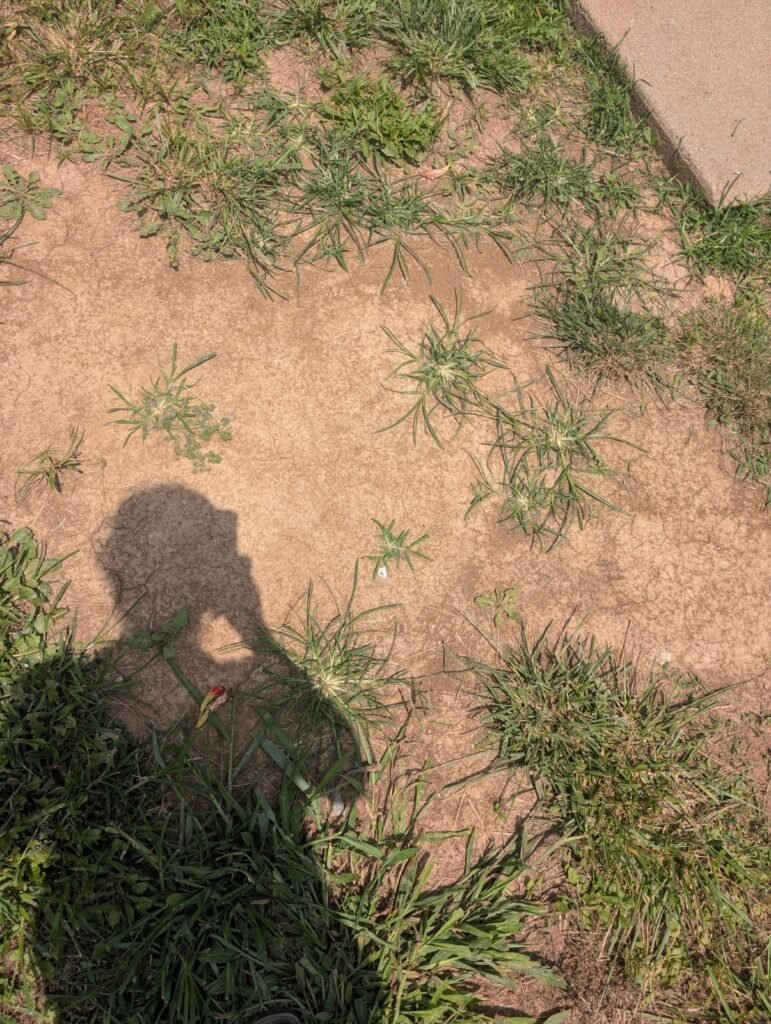
We all have those areas that bug us every time we see them. It could be areas that need screening, invasive plants we spot spreading rapidly, drainage issues and wet areas, or place of bare soil where we can’t get anything to grow. It can be helpful to see if they’re a year-round issue or a seasonal one. For example, in our yard we have run off issues during heavy spring rainfalls. Left unaddressed, it will continue to wash out areas of bare soil in our lawn. While eventually filling in with fresh topsoil and reseeding the lawn is needed, we first must deal with the runoff further up the grade. Without doing that, any efforts of reseeding the lawn would just go down the drain (quite literally actually).
Observe Where People Gather
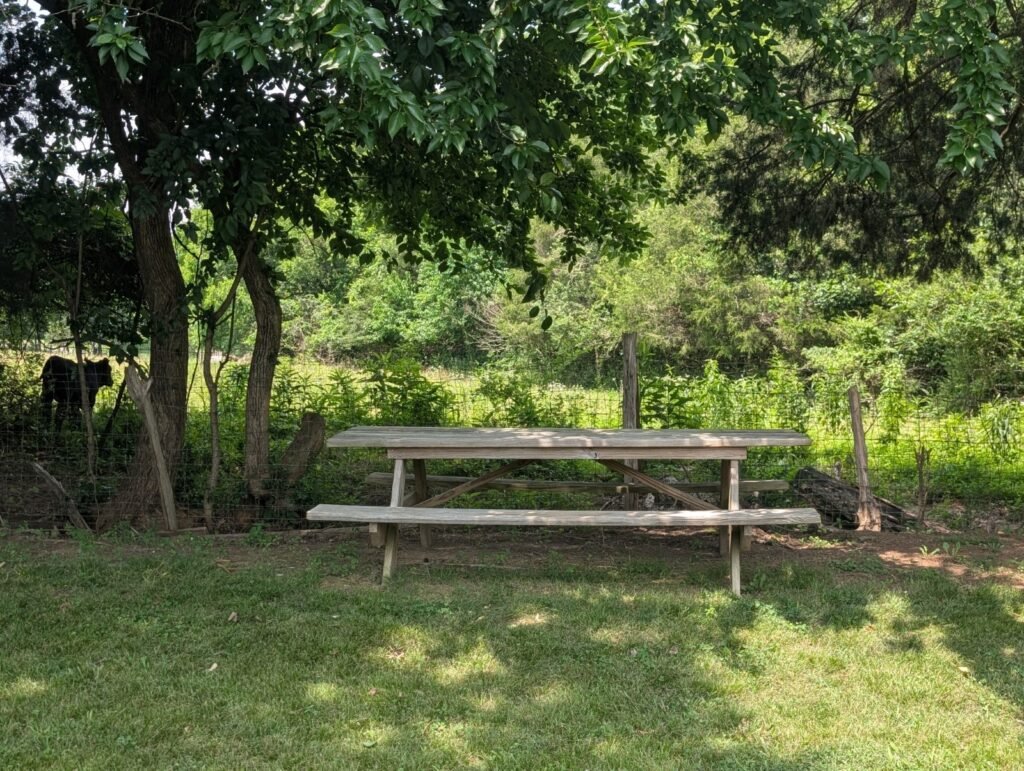
Most people love to be outside, but they don’t like to be uncomfortable. Beauty draws us in as well as a pretty view or shady spot. We’ll also avoid heat, bugs, an unpleasant view or areas difficult to get to. In our yard there’s a natural gathering spot near our fence line. It has a pretty view of farm fields and cows, is shady, dry and is easy to get to. For all these reasons, it’s an easy spot to eat my lunch or gather with my kids. At a previous house, despite a shade canopy we installed, we really couldn’t sit out on our back patio very often because of heat and bugs. At our current house, shade trees and a screened in porch with fans solves both of those problems. As a result, we eat dinner outside most nights. Same climate but a very different experience.
Perhaps there are places you wish people could relax outside, but those areas seem to remain unused. Assess your property for any deterrents to people gathering. Heat, bugs and a lack of comfortable seating can all play a part. Perhaps some of those problems can be mitigated with some simple improvements. Or if you kids are always dragging a blanket over to this one corner of your yard, consider why. There’s likely a reason they keep going there. Perhaps a more permanent table or seating area would be a good addition.
Assess Your Property’s Blank Spaces
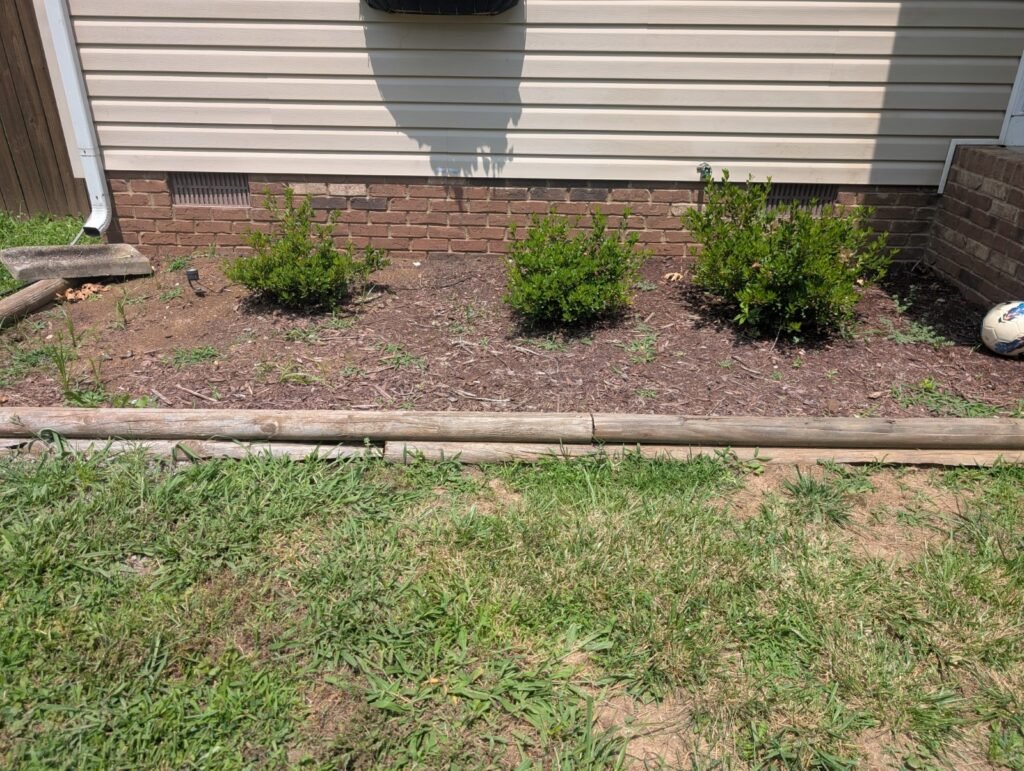
When you’re new to a space there can be a lot to take in and evaluate. You may have ideas of future additions or changes you’d like to make to your outdoor space. That excitement and newness can have you jump around from one spot to another. However, if you’ve lived there a while you can see everything as familiar and overlook certain problem areas. In both scenarios it can be helpful to simply look for blank spaces that could use attention. Step far back from the area you’re assessing, such as across the street. You may notice a gap in your plantings, a shrub that is too small or a blank area. Taking in a space with fresh eyes can help you pay closer attention to areas you often overlook.
See What Grows
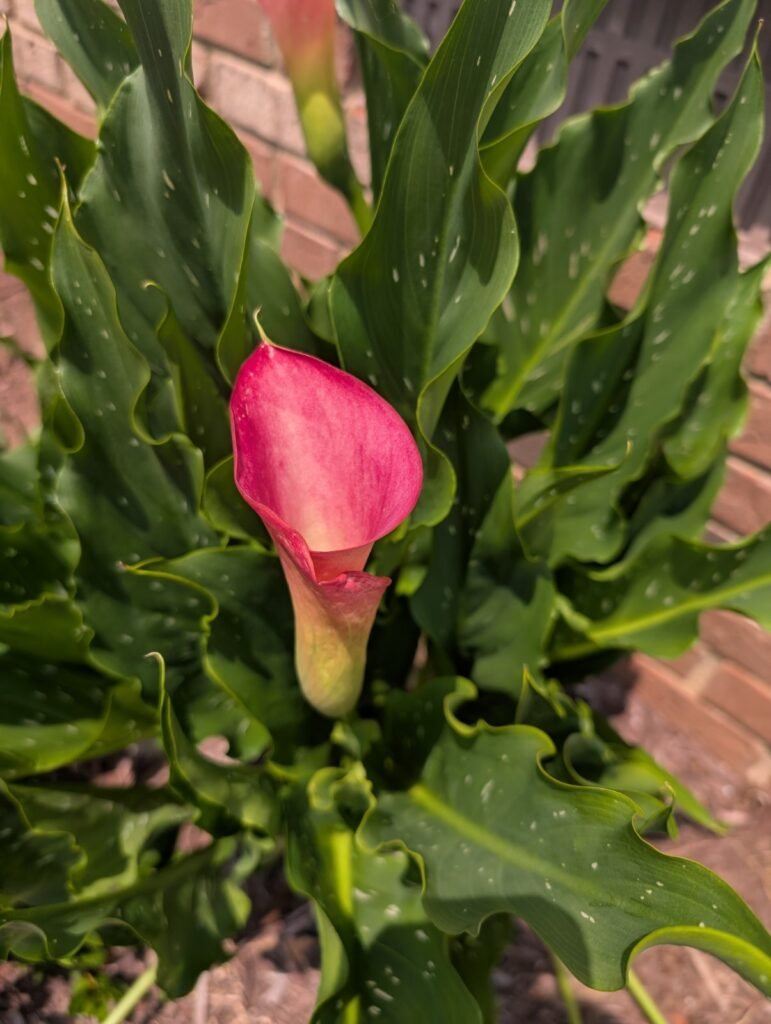
When we first arrived at our new home in early spring, the only plants I saw were six small rhododendrons. As the weather warmed, I was surprised to see unknown perennials start to push through the mulch layer. Come to find out there’s a mixture of calla lilies, gladiolus and cannas growing in those same beds. Similarly, around our screened porch, the same plants shot up as warmer temps rolled in. While I may tinker with these plants over time, they’re nice to have for the time being.
Just like a new house or town, it really takes a full season to get a feel for a landscape. Assess your property’s plant inventory. Where are plants already growing? Do you like them and where they’re planted? Are they overgrown and problematic? Do they offer beauty, interest or some much needed shade? Or are they a nuisance by attracting troublesome wildlife or giving off an unpleasant scent? Observe your property through the four seasons and take some notes. You’d be surprised what you’ll find.
Wrapping Up Assessing Your Property
Hopefully by now you see how important it is to assess your property and it’s components. This process is a critical part of educating yourself on the current state of your property. It’s important to notice what’s working, and what needs improvement. These six points can offer a lot of information over a year, or even just season by season. By taking time to stop and assess your property, you’ll likely save yourself much time and money going forward. You’ll also end up with a space that meets your needs and is enjoyable to spend time in. Which one of these points do you plan to observe first? Let us know in the comments and share what you find out!
